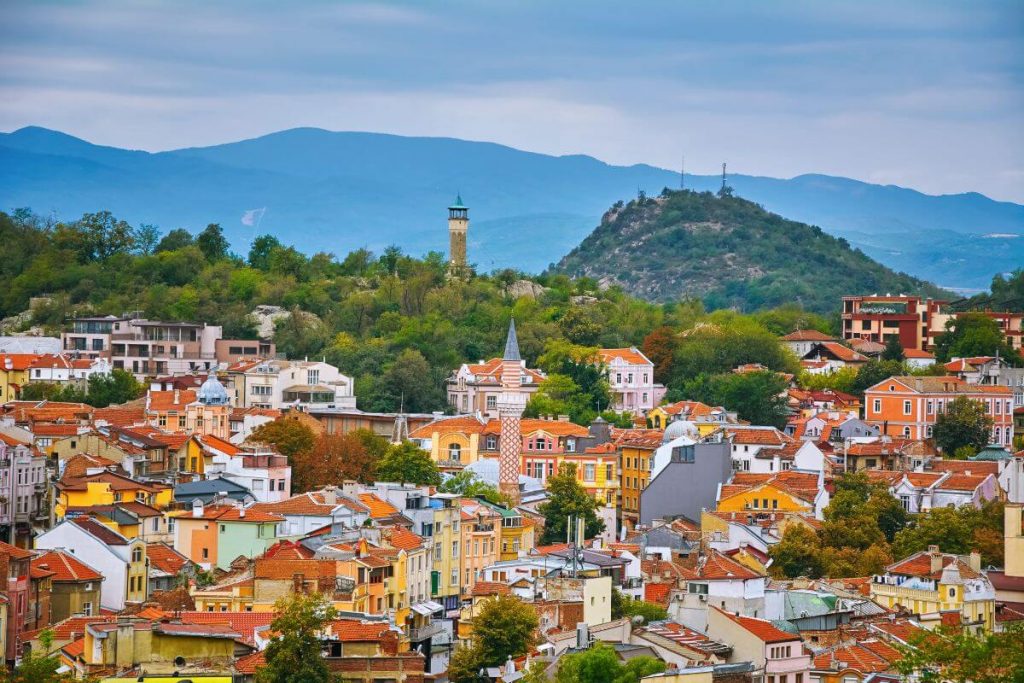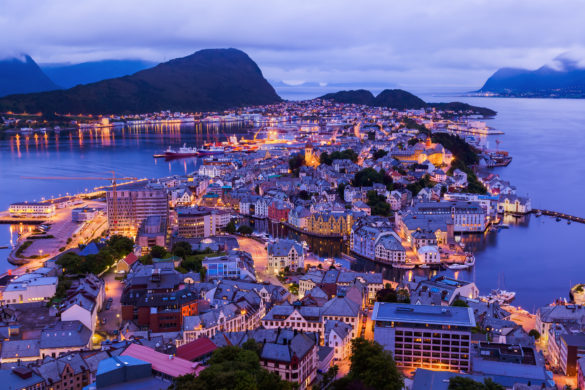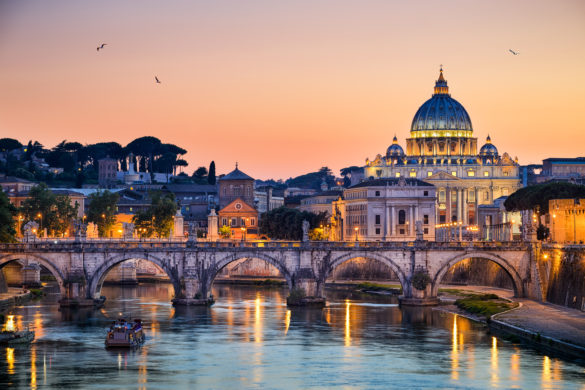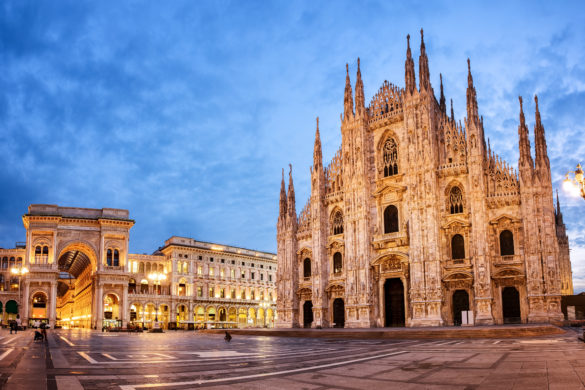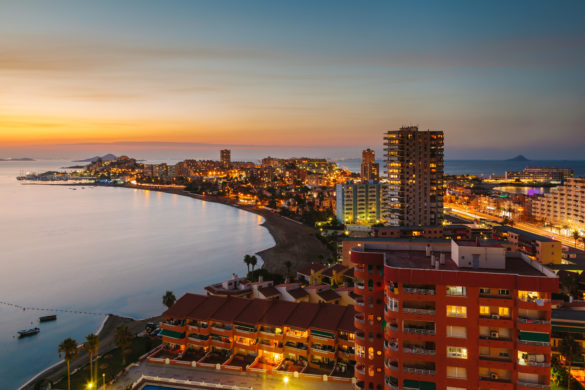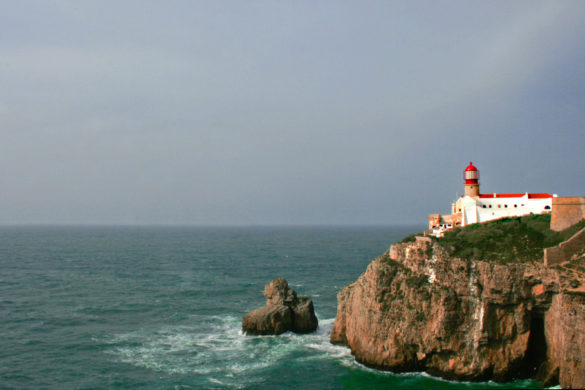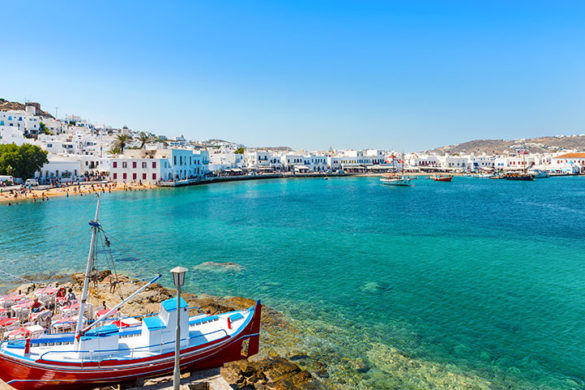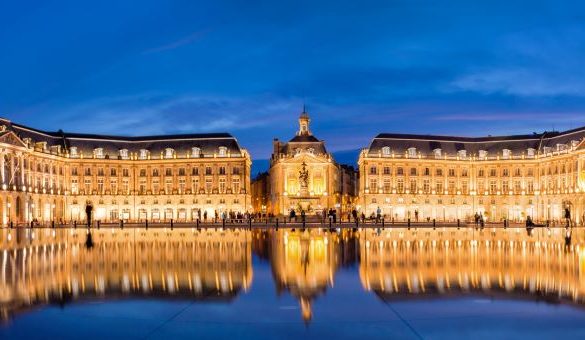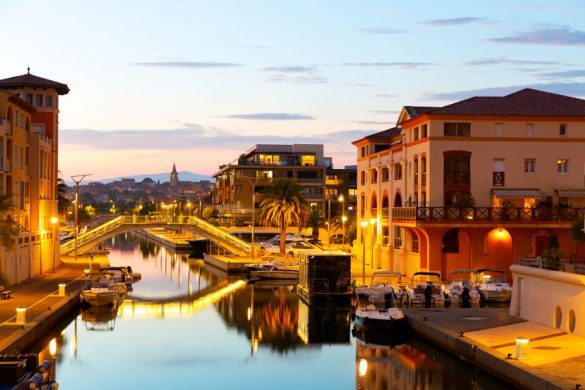With many of Europe’s major destinations grappling with over tourism and inflated costs, travellers are increasingly turning towards the continent’s lesser-known spots. These alternatives offer everything from beach breaks and culture to walking trails and food scenes – but without the crowds. Whether you’re mapping out a slow-paced summer or planning a spontaneous Europe holiday, these overlooked destinations deserve a place on your radar.
Ulcinj, Montenegro
At the southern tip of Montenegro, Ulcinj offers a different vibe to the packed tourist spots like Kotor and Budva. The old town, perched on a rocky headland, is rich in Albanian culture, with winding streets, Ottoman architecture and sweeping sea views. It’s also home to Velika Plaža, a 13km stretch of soft sand – one of the longest beaches on the Adriatic.
Why go: Great for those seeking sun, history and space to breathe.
Don’t miss: The Kino Café, a local favourite that mixes strong coffee with sea views and street life.
Terracina, Italy
Just south of Rome, Terracina is a hidden gem on Italy’s Pontine coast. Its sandy beaches, ancient Roman ruins and bohemian cafés make it an ideal base for a more low-key Italian holiday. From the port, you can also hop on a ferry to Ponza or Ventotene, two sun-drenched islands dotted with secret swimming coves.
Why go: A perfect blend of relaxation, history and seaside charm, without the Rome crowds.
Don’t miss: Spiaggia di Levante, backed by a cliffside Roman temple, and a seafood dinner at Vicoletto.
Cluj-Napoca, Romania
Romania’s unofficial capital of Transylvania, Cluj-Napoca has a fast-growing reputation as a creative and cultural hub. With a strong student presence, lively bars and gothic architecture, it’s also home to Untold Festival, one of Europe’s top electronic music events. For something quieter, explore the Botanical Garden or head underground to the spectacular Turda Salt Mine.
Why go: Ideal for travellers who want culture without clichés.
Don’t miss: The Zoological Museum, one of Europe’s most unusual – and strangely fascinating – collections.
Aarhus, Denmark
Often overshadowed by Copenhagen, Aarhus is Denmark’s second city – and one of its most liveable. It’s known for design-forward architecture, clean streets and a welcoming atmosphere. Walk the harbourfront at Aarhus Ø, explore the world-class ARoS art museum, or take a dip in the city’s designer swimming pools.
Why go: Combines the perks of a capital city with the calm of a coastal town.
Don’t miss: A day trip to Lego House in nearby Billund – not just for kids.
Vilnius, Lithuania
Vilnius is one of Europe’s most overlooked capitals, yet it offers a mix of baroque architecture, Soviet history, and a lively nightlife scene. The Old Town, a UNESCO World Heritage Site, is a good place to start. Further out, the Station District and ex-prison turned cultural venue Lukiškės 2.0 add a contemporary edge.
Why go: Combines centuries of history with a young creative spirit.
Don’t miss: Climbing Gediminas Hill for a panoramic view of the city’s evolution.
Peneda-Gerês, Portugal
For nature lovers, the Peneda-Gerês National Park in northern Portugal is hard to beat. It’s Portugal’s only national park and part of a UNESCO Biosphere Reserve, home to wild Garrano ponies, wolves and pristine mountain trails. Villages in the area still follow traditional ways of life, and local food is hearty and generous.
Why go: A real back-to-nature destination, ideal for hiking and slow travel.
Don’t miss: A stay at Cerca dos Passais, where the outdoor pool offers stunning views over the landscape.
Plovdiv, Bulgaria
Plovdiv is Bulgaria’s second city and one of its oldest, with history dating back over 6,000 years. The Old Town is a maze of cobbled streets and colourful houses, while the Roman theatre remains a working performance venue. The food scene is gaining attention too, mixing Balkan tradition with new influences.
Why go: For those who like history, wine and walkable cities.
Don’t miss: A tasting at The House of Distillation, where you’ll find liqueurs unlike anywhere else.
Banja Luka, Bosnia and Herzegovina
Banja Luka is the capital of Republika Srpska, a lesser-known region in Bosnia and Herzegovina. It’s rich in religious architecture, with Orthodox churches and Ottoman mosques standing side by side. The café scene is lively, and you’ll find hearty Balkan food at budget-friendly prices throughout the city.
Why go: Authenticity, affordability and a chance to see a less-visited side of the Balkans.
Don’t miss: A sunset walk along the Vrbas River, or a visit to the Kastel Fortress.
For those tired of crowds and overbooked landmarks, these places offer something that’s increasingly rare in European travel: space, spontaneity and discovery. Whether you’re planning a short break or a longer journey, it might be time to rethink the map – and head where the tour buses don’t.


